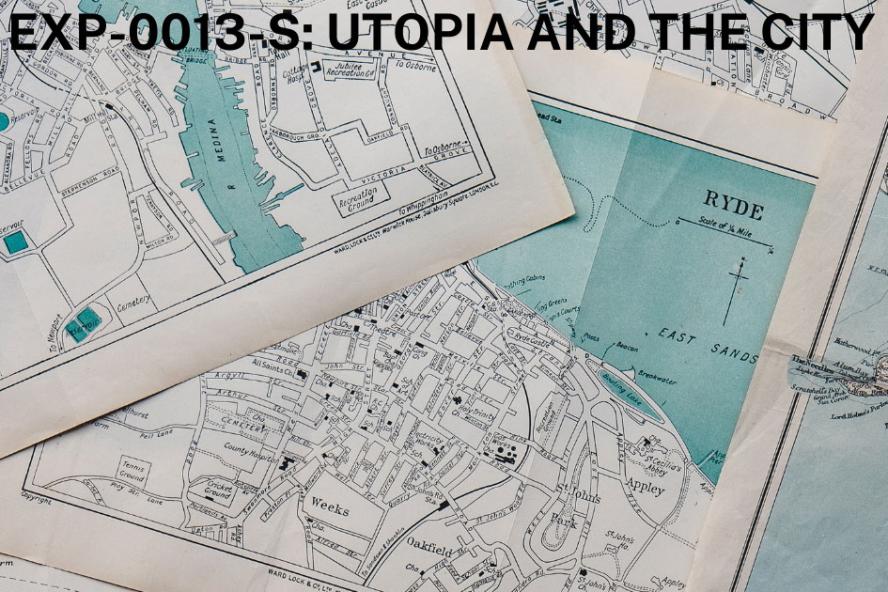Instructor Spotlight: Hannah Kaemmer

Tell us about your background and what inspired you to teach this course
As a PhD Candidate in architectural history, I primarily study the built environments of England and its empire in the sixteenth and seventeenth centuries. But my background is quite interdisciplinary—I studied history as an undergrad, did an MA in archaeology, and have taken many literature courses throughout my academic career—so I’m always looking for opportunities to bring these fields together. And I’ve been thinking about utopias and utopianism for a long time, especially the ways in which utopian thinking intersected with violent colonial projects in the early modern period. So this course has been a way of coalescing some of this thinking for me, while also encouraging students to consider the long history of this concept and in particular its close ties to how cities are designed, planned, and imagined.
How have the cities you’ve lived and taught in influenced your thinking about urban design and our built environment?
I have absolutely been formed by my own urban environments. I grew up just outside Boston, so its pre-modern mess of streets and chaotic intersections were the first urban spaces I encountered. But I also remember reading a book, Mapping Boston, as a teenager, and finding out how despite the seemingly unplanned nature of Boston, its history has been a series of massive infrastructural interventions, from the filling in of the Back Bay, to the construction of highway systems, to their recent demolition to make way for the Rose Kennedy Greenway. So I’ve always been fascinated by the diffuse but transformative effects of these interventions on the environment and life of the city.
How has utopian thinking influenced design in the Greater Boston area?
Utopian thinking infuses Boston, Cambridge, and Somerville’s landscapes. And this goes back even to the seventeenth and eighteenth centuries. The colonization of Massachusetts—and the original urban settlement of Boston—cannot be disaggregated from this context. Today we especially see the effects of urban planning of the twentieth century, a movement that saw itself as catalyzing a new utopian model for modern life. I think of the redevelopment of the West End in Boston, in which the more organic settlement of primarily Jewish and Italian inhabitants was demolished and replaced with superblocks and high rises. Even some of the new development in Union Square and even closer to Tufts has these modernist utopian ideals at their heart.
What do you hope that students will take away from your course?
I want students to leave the class understanding both the imperative of utopian thinking for imagining better (urban) futures, and the potentially destructive unintended consequences that can come out of attempts to translate utopian visions into architectural form. So I want them to take a critical eye to attempts to create new, ideal worlds through urban design, architecture, and building; but simultaneously, I want them to understand the foundational place for utopian visions as we confront fundamental challenges of urban (and non-urban!) living in the 21st century, in particular racial and economic inequality, and the growing crisis of climate change.
Hannah Kaemmer is a PhD Candidate in the History and Theory of Architecture at Harvard University, with a focus on early modern architecture and engineering. She is especially interested in the politics of the built environment.